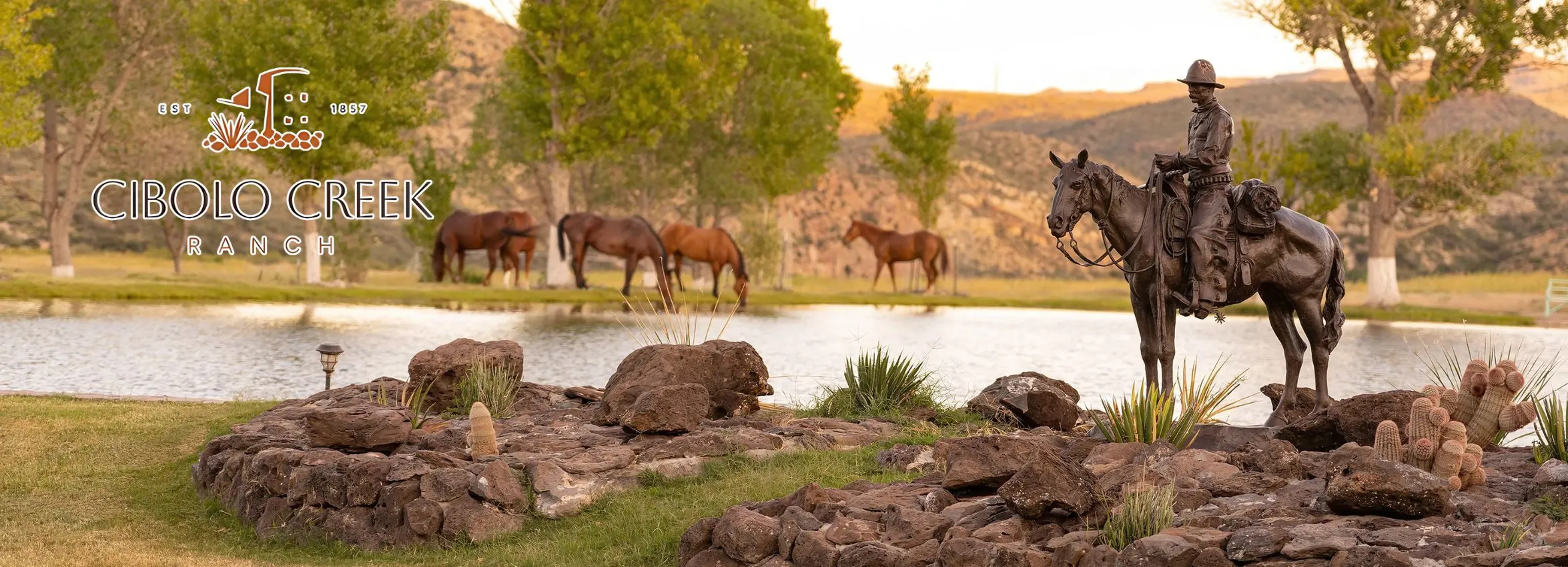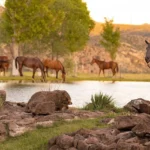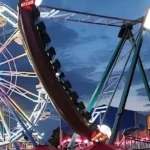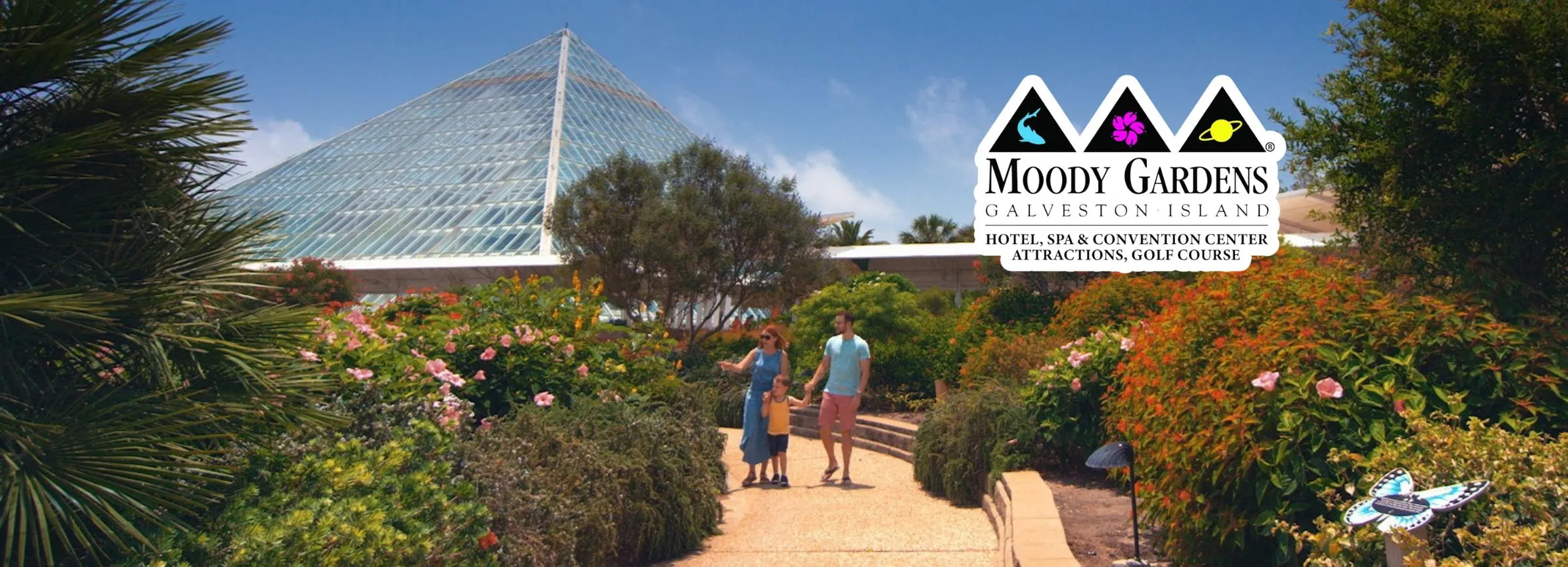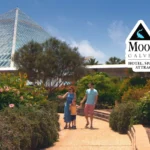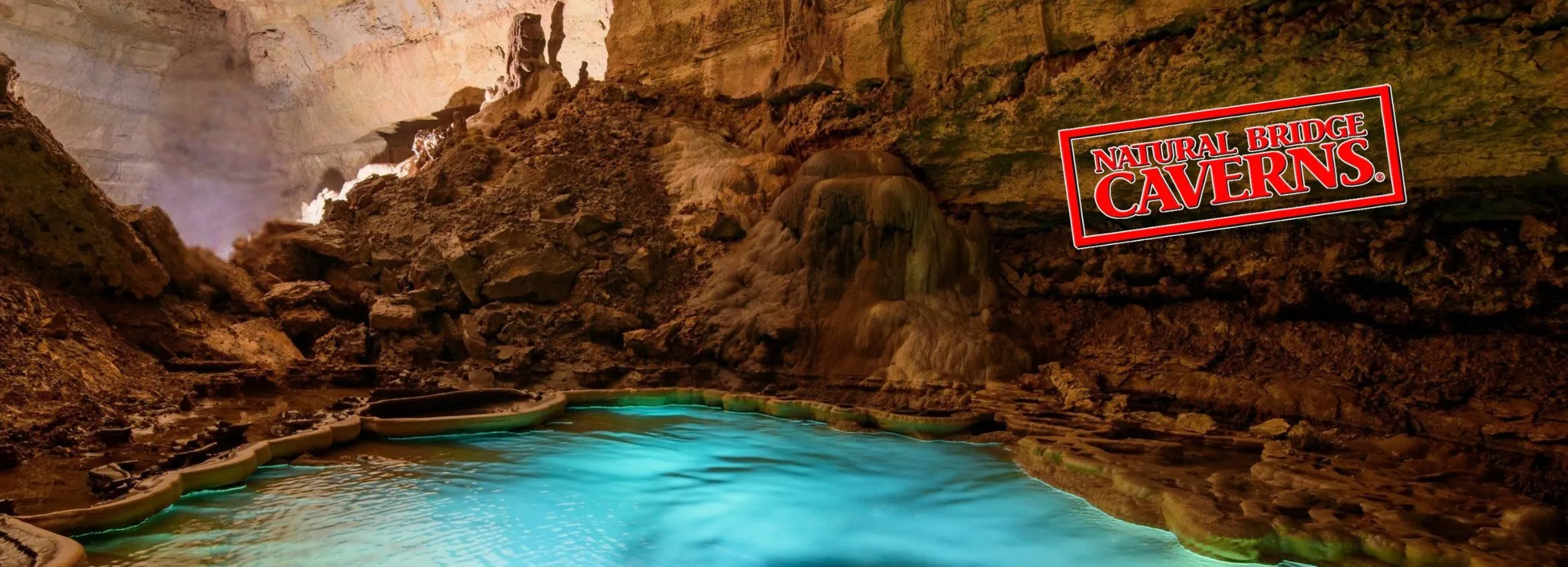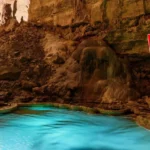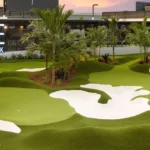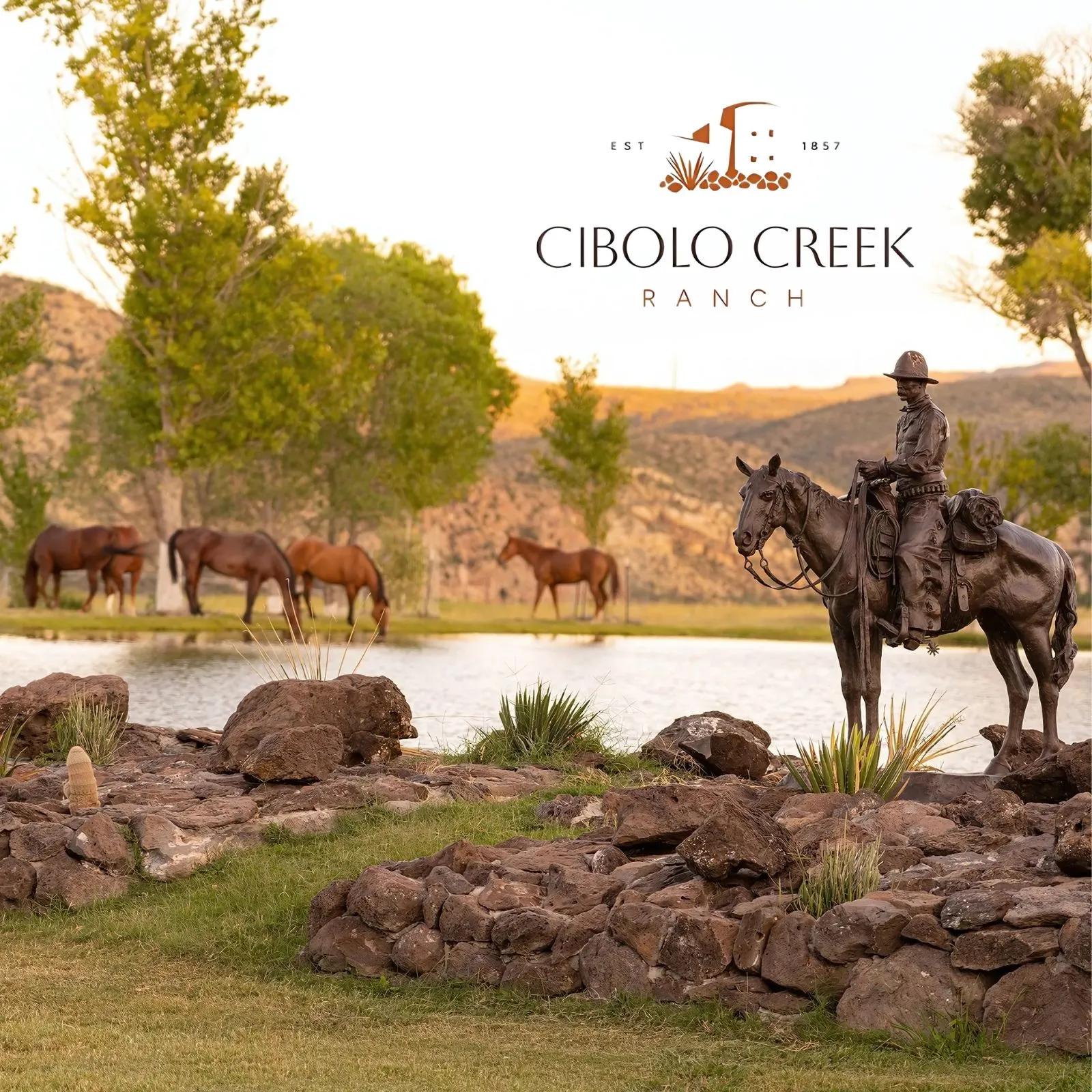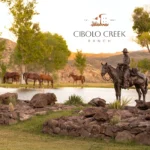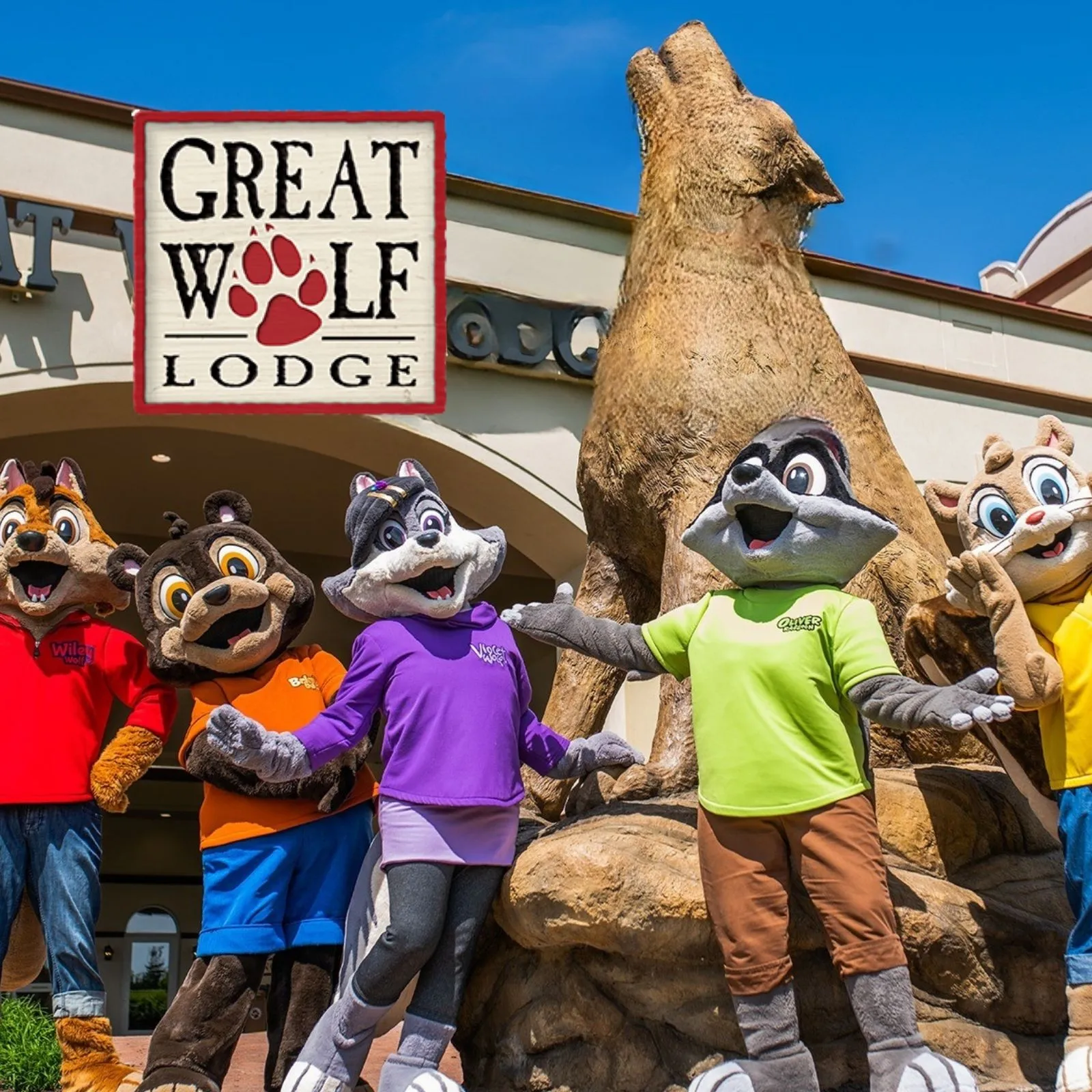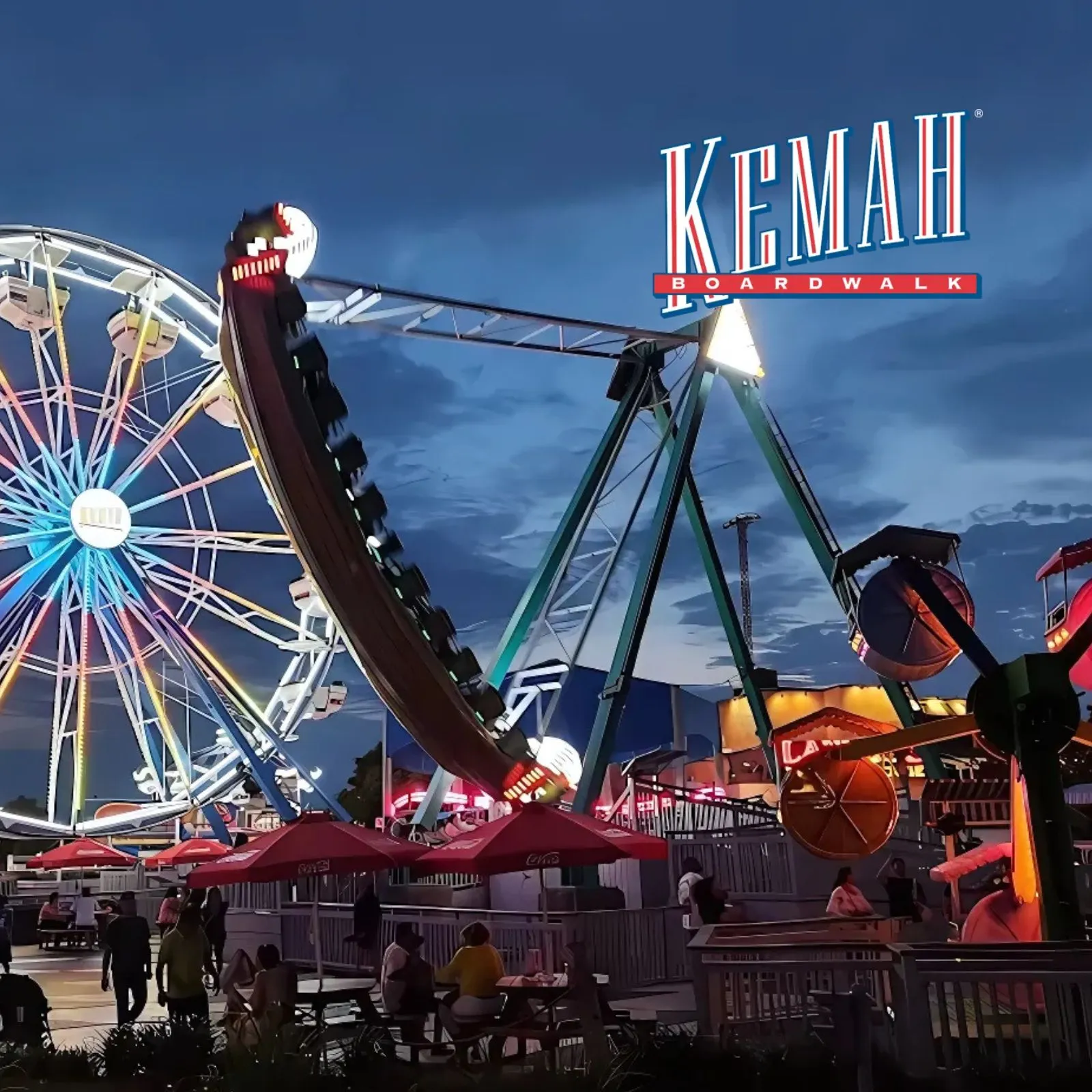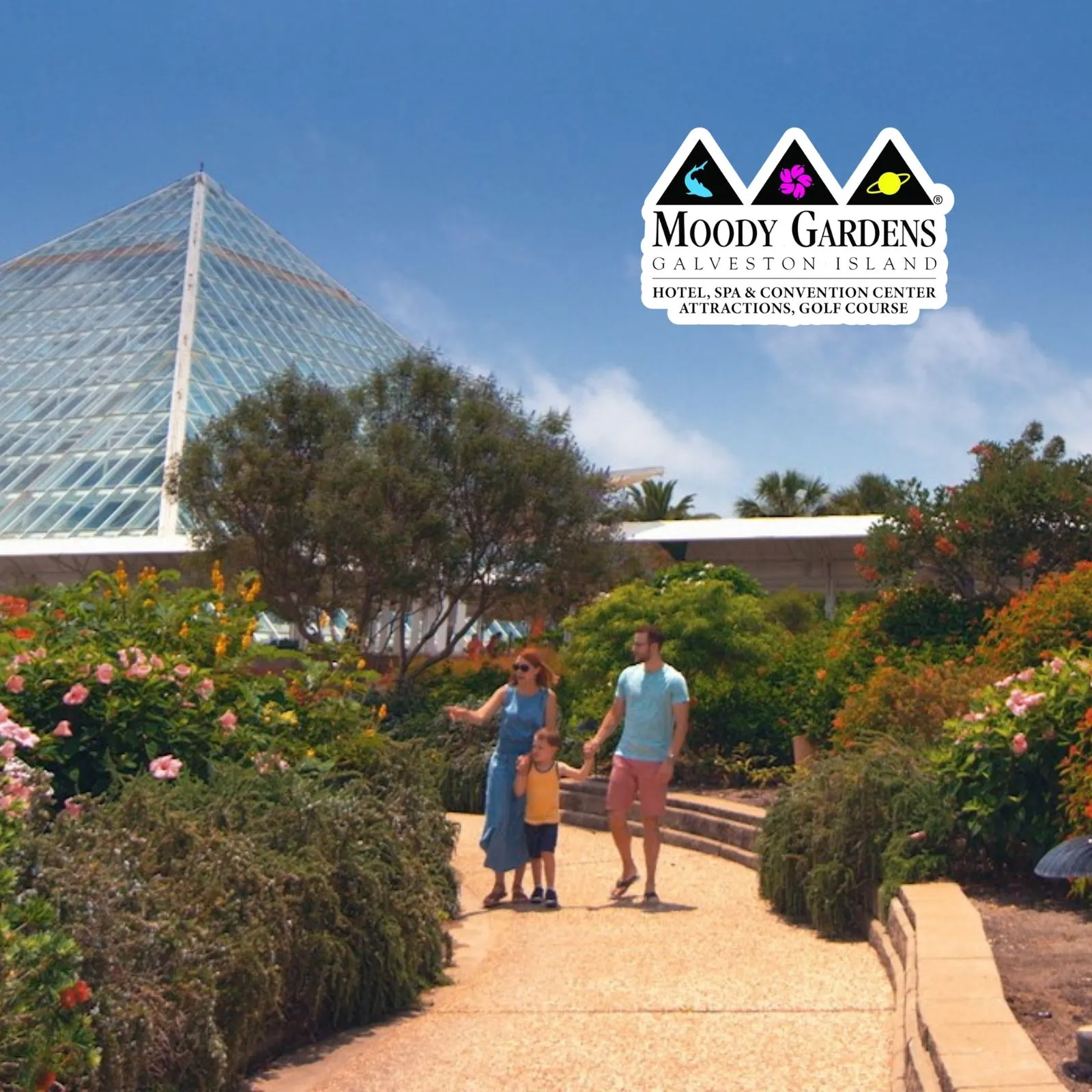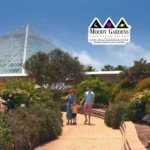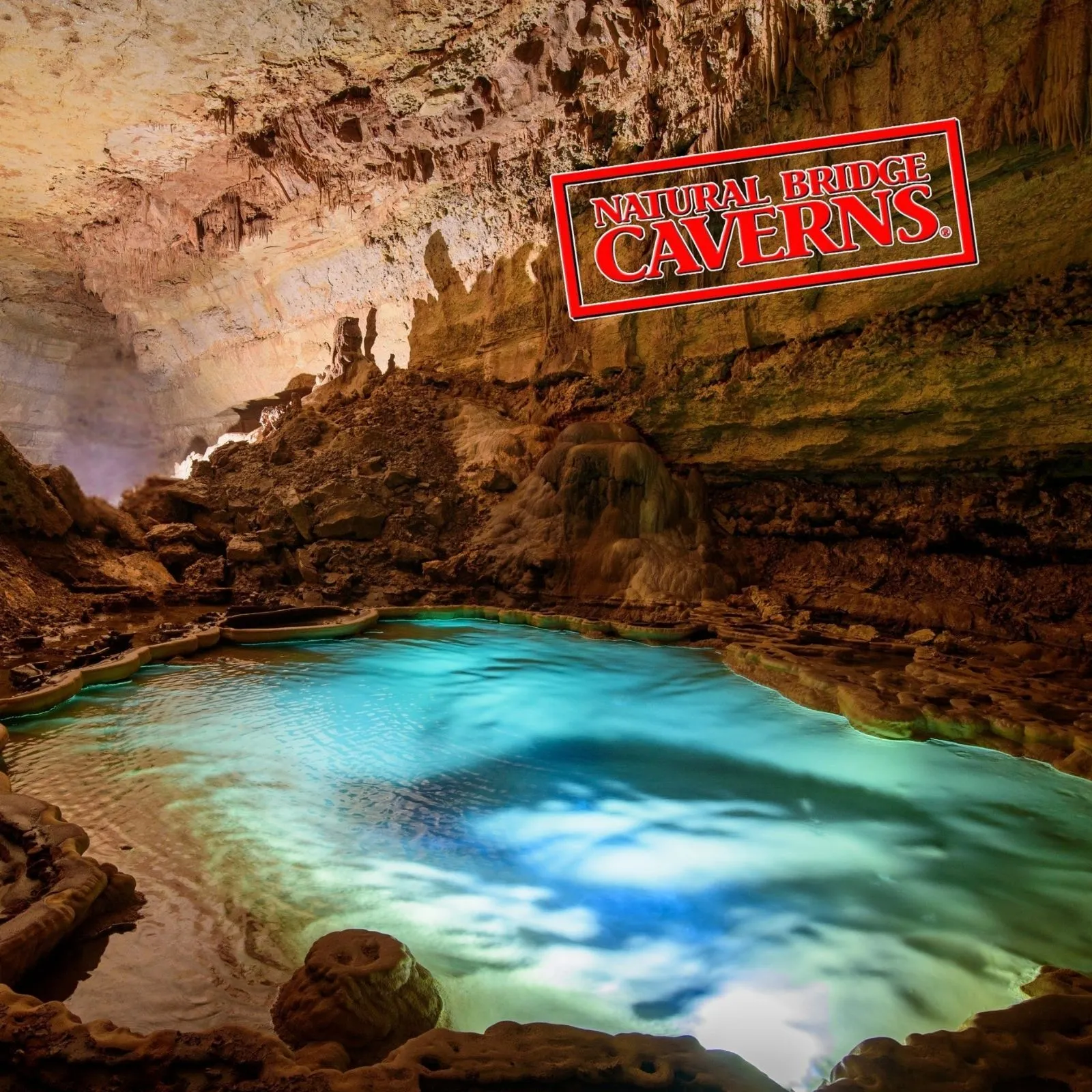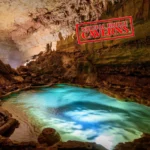The Ultimate Florida History Trail: Top Museums, Missions & Historic Towns (Currently Open)
Florida’s story stretches back centuries—woven with tales of explorers, native tribes, Spanish settlers, pirates, pioneers, and dreamers who built the Sunshine State we know today. Every region tells a different chapter, from ancient settlements along the Gulf Coast to Spanish missions, Civil War forts, and elegant Gilded Age landmarks.
Whether you’re a history buff, a curious traveler, or a family looking for educational adventures, exploring the Florida History Trail offers a journey through time unlike anywhere else in America. Let’s take a trip through the top museums, missions, and historic towns currently open across Florida, each one preserving the state’s fascinating heritage.
Discover the Oldest City: St. Augustine
No Florida history tour is complete without visiting St. Augustine, the oldest continuously inhabited European-founded city in the United States, established in 1565 by Spanish explorer Pedro Menéndez de Avilés.
Walking through St. Augustine feels like stepping into another century. Its Spanish Colonial architecture, narrow cobblestone streets, and historic landmarks make it a living museum. Don’t miss:
Castillo de San Marcos National Monument – This 17th-century fortress made of coquina stone stands proudly along the bayfront. Built by the Spanish to protect their settlement, it’s the oldest masonry fort in the continental U.S.
St. George Street – A pedestrian-only avenue filled with preserved buildings, quaint shops, and historic homes.
Cathedral Basilica of St. Augustine – The oldest parish in the U.S., still welcoming worshippers and visitors alike.
Colonial Quarter Museum – An interactive experience that recreates life during the Spanish, British, and early American periods.
St. Augustine captures the spirit of Florida’s beginnings—a blend of European influence and coastal beauty that has endured for more than 450 years.
Pensacola: Florida’s First Settlement
Before St. Augustine’s founding, Pensacola briefly held the title of Florida’s first European settlement in 1559. Though early hurricanes forced its abandonment, the city rose again and became a vital port and military base.
Known as “The City of Five Flags”, Pensacola has flown the banners of Spain, France, Britain, the Confederacy, and the United States—each leaving behind a layer of culture and history.
Top attractions include:
Historic Pensacola Village – A collection of restored 19th-century homes and museums showcasing colonial and Victorian life.
T.T. Wentworth Jr. Florida State Museum – Featuring Pensacola’s history, from its early settlement to its maritime heritage.
Fort Pickens – Part of the Gulf Islands National Seashore, this massive brick fortress protected the coast during the Civil War and remains beautifully preserved.
Pensacola’s coastal charm, combined with its military and colonial past, makes it a cornerstone of Florida’s historical narrative.
Mission San Luis – Tallahassee
Nestled in the state capital, Mission San Luis offers a glimpse into the 17th century, when Spanish friars and Apalachee Indians lived and worked together in North Florida. Today, it stands as a National Historic Landmark and one of the best-preserved Spanish mission sites in the Southeast.
The reconstructed mission features:
A massive council house, capable of holding over 2,000 people.
A Franciscan church and friary showcasing Spanish religious life.
On-site costumed interpreters who demonstrate blacksmithing, cooking, and crafts.
This immersive experience allows visitors to see, touch, and feel history in action—making Mission San Luis one of the most educational and family-friendly historic stops in the state.
Key West: A Southernmost Time Capsule
At the tip of the Florida Keys, Key West has a personality all its own—laid-back, artistic, and steeped in stories of pirates, shipwrecks, and literary legends.
In the 1800s, Key West was one of the richest cities in America, thanks to its wrecking industry and maritime trade. Today, the island’s history lives on through:
Ernest Hemingway Home & Museum – The famous author’s residence, still home to his descendants’ six-toed cats.
Harry S. Truman Little White House – A presidential retreat where Truman spent 11 working vacations during his presidency.
Fort Zachary Taylor Historic State Park – A Civil War-era fortress offering both history and scenic beaches.
Key West is more than tropical paradise—it’s a living monument to Florida’s quirky and colorful past.
The Edison and Ford Winter Estates – Fort Myers
In Fort Myers, innovation meets Florida charm at the Edison and Ford Winter Estates. This riverside property served as the winter retreat for two of America’s greatest minds—Thomas Edison and Henry Ford.
Visitors can explore:
Historic homes and gardens, preserved just as they were when the inventors lived there.
Edison’s botanical laboratory, where he researched rubber alternatives.
A museum filled with artifacts, inventions, and vintage Ford vehicles.
This destination perfectly blends science, history, and beauty, showcasing how Florida inspired the creative spirit of its most famous residents.
Tarpon Springs: The Sponge Capital of the World
History in Tarpon Springs is defined by its Greek heritage. In the early 1900s, Greek immigrants brought their sponge diving traditions to Florida’s Gulf Coast, turning this small town into a thriving maritime community.
Today, Tarpon Springs’ Dodecanese Boulevard feels like a Mediterranean escape, lined with bakeries, restaurants, and sponge docks that still operate. Highlights include:
Tarpon Springs Heritage Museum – Chronicling the town’s Greek-American story.
St. Nicholas Greek Orthodox Cathedral – A stunning replica of the great cathedrals of Greece.
Authentic Greek dining experiences at spots like Hellas Restaurant & Bakery.
It’s a living example of cultural preservation—where Florida meets the Aegean Sea.
Ybor City – Tampa’s Historic Latin Quarter
In the late 19th century, Ybor City became the “Cigar Capital of the World,” attracting immigrants from Cuba, Spain, and Italy. Founded by cigar magnate Vicente Martinez-Ybor, the neighborhood thrived on craftsmanship, culture, and community.
Today, this National Historic Landmark District still buzzes with energy. You can explore:
Ybor City Museum State Park, located in a former bakery.
The Columbia Restaurant, Florida’s oldest restaurant (established in 1905).
Historic cigar factories, where artisans still hand-roll cigars the traditional way.
Ybor City remains one of the most vibrant cultural neighborhoods in Florida—a blend of Latin flavor and industrial heritage.
Apalachicola: Old Florida’s Forgotten Coast
Tucked away in Florida’s Panhandle, Apalachicola is a hidden gem that feels like a step back in time. Once a booming port city during the 1800s cotton trade, it’s now known for its historic architecture and oyster-shucking charm.
Visitors can explore:
Apalachicola Maritime Museum – Showcasing the town’s seafaring history.
Orman House Historic State Park – A beautifully preserved 1830s mansion overlooking the river.
Charming downtown shops and seafood restaurants offering a true taste of Old Florida.
Apalachicola’s slower pace and preserved history make it a perfect stop for travelers seeking authenticity and quiet beauty.
The Ringling – Sarasota
Art, history, and circus legacy collide at The Ringling in Sarasota, once home to circus magnate John Ringling of the Ringling Bros.
This sprawling complex includes:
Ca’ d’Zan Mansion, Ringling’s Venetian Gothic dream home overlooking Sarasota Bay.
The John and Mable Ringling Museum of Art, housing European masterpieces and contemporary works.
The Circus Museum, filled with costumes, wagons, and memorabilia from America’s golden age of entertainment.
The Ringling isn’t just about the past—it’s a celebration of creativity and imagination that continues to inspire visitors today.
Fort Jefferson – Dry Tortugas National Park
Seventy miles west of Key West lies one of Florida’s most remote yet awe-inspiring sites: Fort Jefferson, part of Dry Tortugas National Park. Accessible only by ferry or seaplane, this 19th-century fortress is one of the largest masonry structures in the Western Hemisphere.
Built to protect the Gulf of Mexico, the fort never saw battle but stands as a testament to military engineering. Visitors can explore its massive brick walls, snorkel in the crystal-clear waters surrounding it, and imagine life as a soldier stationed on this isolated island.
For history lovers, Fort Jefferson is both an adventure and a discovery—a perfect blend of heritage and natural wonder.
Micanopy: The Town Time Forgot
Nicknamed “The Town Time Forgot,” Micanopy is one of Florida’s oldest inland settlements. Located near Gainesville, it was founded in the 1820s and named after a Seminole chief.
Today, Micanopy’s main street is lined with antique shops, vintage homes, and oak trees dripping with Spanish moss. The town’s Herlong Mansion Historic Inn offers a charming bed-and-breakfast stay, while nearby Paynes Prairie Preserve State Park gives a glimpse into Florida’s wild beauty.
Micanopy feels untouched by time—a serene reminder of Old Florida’s rural charm.
Fort Mose Historic State Park – St. Augustine
A short drive north of downtown St. Augustine lies one of America’s most significant but lesser-known historic sites: Fort Mose Historic State Park. Established in 1738, it was the first legally sanctioned free Black settlement in what is now the United States.
Visitors can explore museum exhibits, scenic boardwalks, and occasional living-history reenactments. Fort Mose stands as a powerful reminder of courage, freedom, and resilience—an essential stop on Florida’s history trail.
Tallahassee Museum of History & Natural Science
Combining nature and history, the Tallahassee Museum offers an immersive look at North Florida’s past. Its outdoor exhibits include:
Historic buildings like an 1850s farmstead and one-room schoolhouse.
Wildlife habitats featuring native species such as black bears and red wolves.
Educational trails that weave through lush forests and wetlands.
This museum brings history to life through storytelling, nature, and interactivity—perfect for families and curious travelers alike.
Florida’s Living Legacy: A Journey Through Time
From Spanish missions and frontier towns to Gilded Age mansions and coastal forts, Florida’s historical trail covers centuries of change and cultural diversity. Each destination offers its own flavor of the past—one steeped in resilience, innovation, and the enduring spirit of exploration.
As you travel from Pensacola’s colonial roots to Key West’s island history, you’ll uncover how Florida became a crossroads of cultures—a place where the Old World met the New, and where history still breathes in every breeze.
Conclusion: Step Into the Past and Experience Florida’s Story
Florida’s history is not confined to textbooks—it’s alive in its forts, museums, missions, and towns, ready to be explored by anyone willing to follow the trail. Whether you’re walking the walls of Castillo de San Marcos, wandering through Ybor City, or marveling at the innovation of Edison’s laboratory, each stop reveals a chapter of the Sunshine State’s rich and dynamic story.
So pack your curiosity, hit the road, and experience The Ultimate Florida History Trail—where every cobblestone, cannon, and coastal breeze connects you to a timeless adventure through the heart of America’s most storied state.
